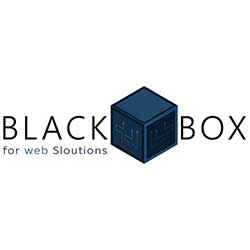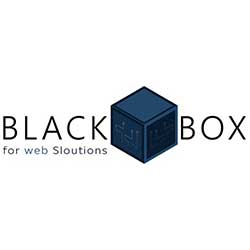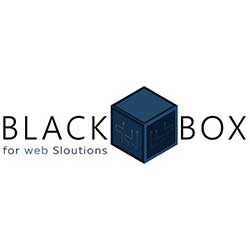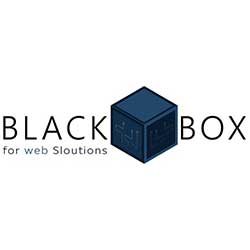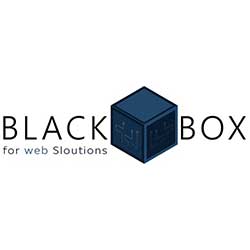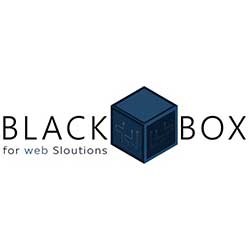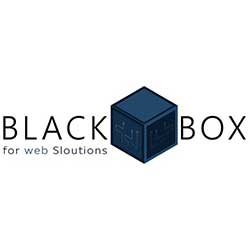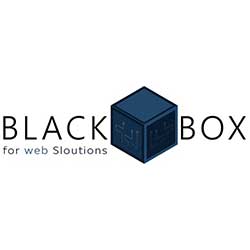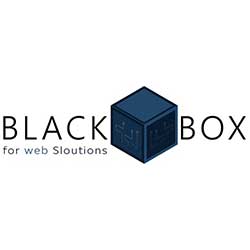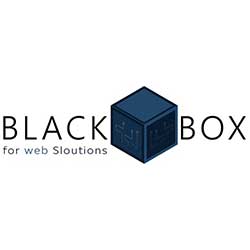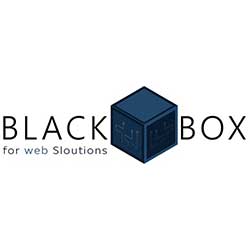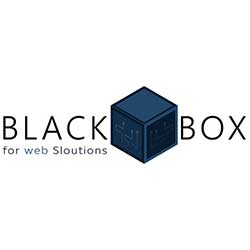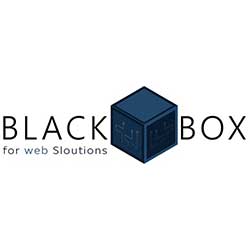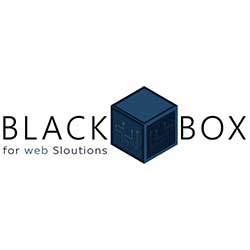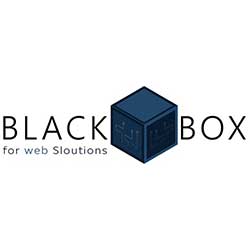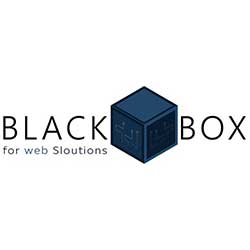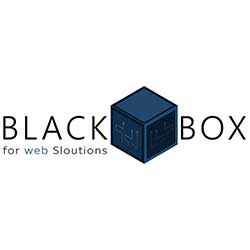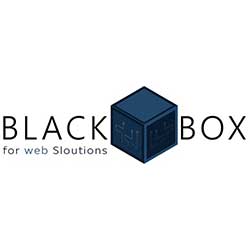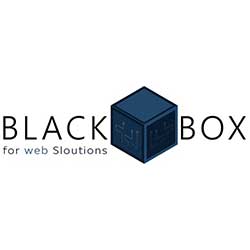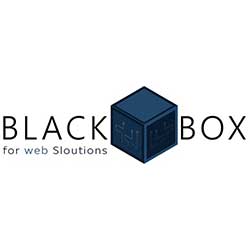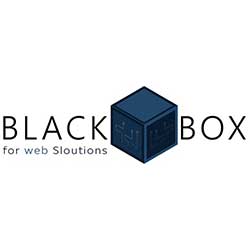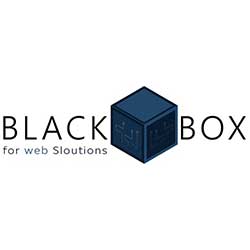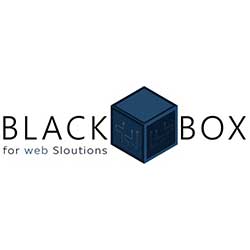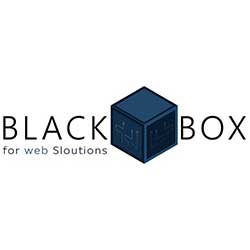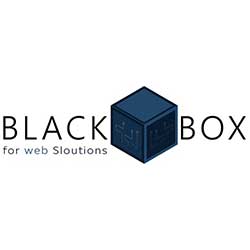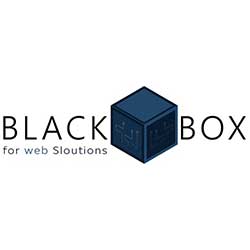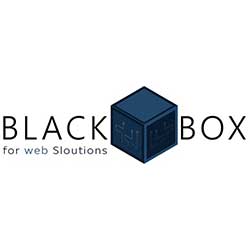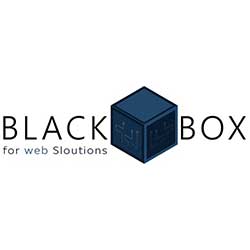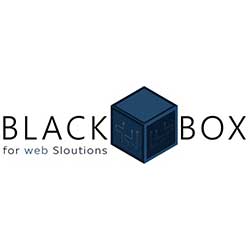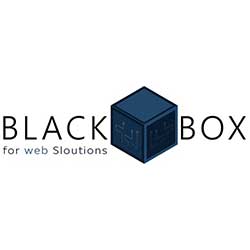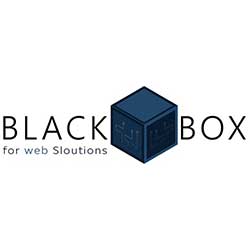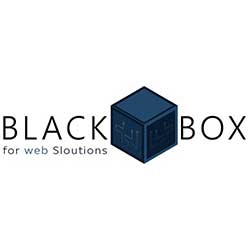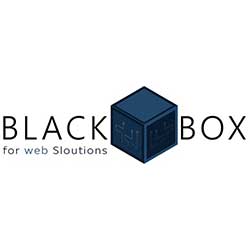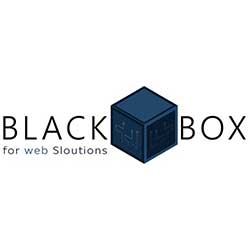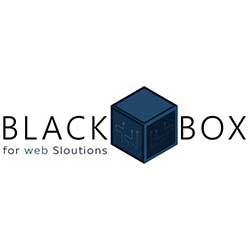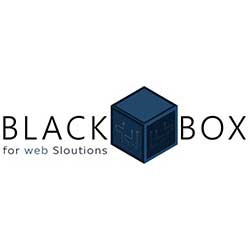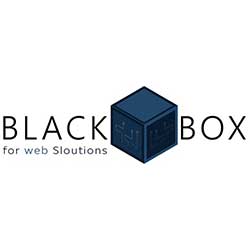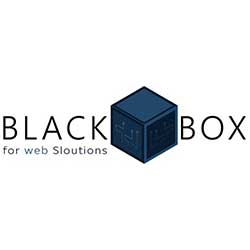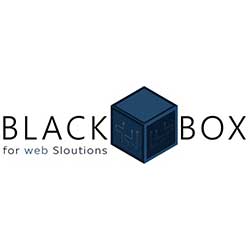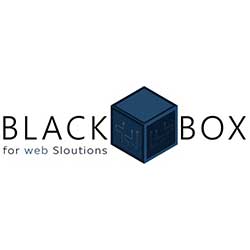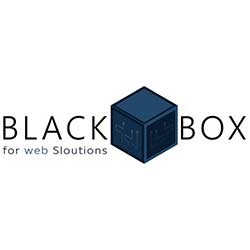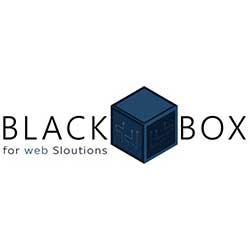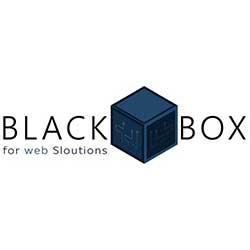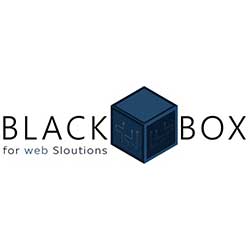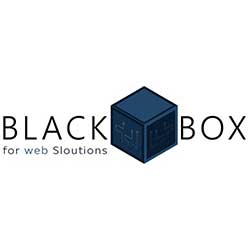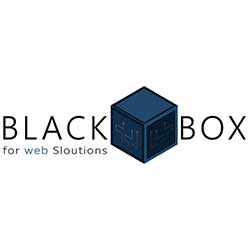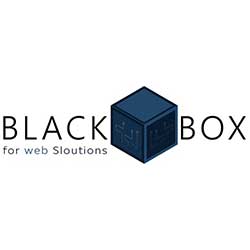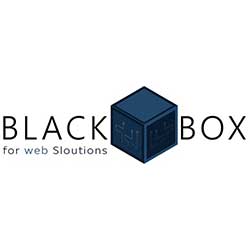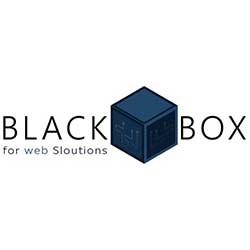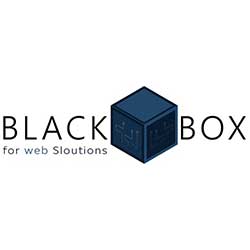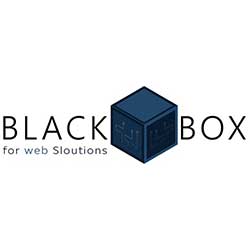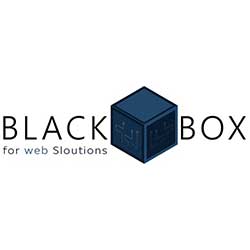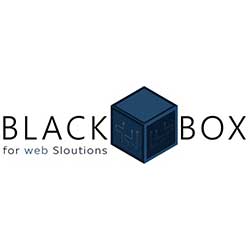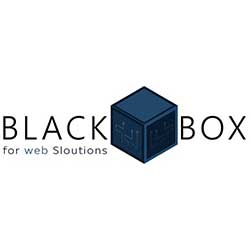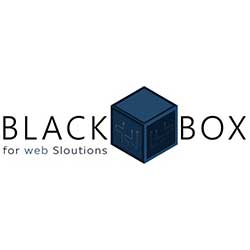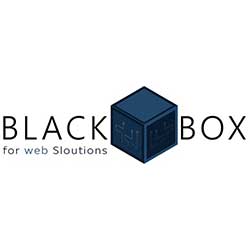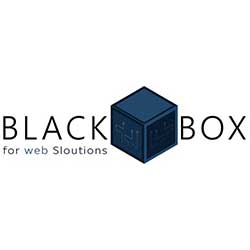- Change Settings in File Manager
CPanel organizes all the files on your account into folders. Use the File Manager interface to manage and edit your files.
- Create a new file or folder
CPanel organizes all the files on your account into folders. Use the File Manager interface to manage and edit your files.
- Rename a file or folder
CPanel organizes all the files on your account into folders. Use the File Manager interface to manage
- Move a file to a folder
CPanel organizes all the files on your account into folders. Use the File Manager interface to manage and edit your files.
- Move files to a folder
CPanel organizes all the files on your account into folders. Use the File Manager interface to manage and edit your files.
- Copy a file
CPanel organizes all the files on your account into folders. Use the File Manager interface to manage and edit your files.
- Copy multiple files
CPanel organizes all the files on your account into folders. Use the File Manager interface to manage and edit your files.
- Modify file or folder permissions
CPanel organizes all the files on your account into folders. Use the File Manager interface to manage and edit your files.
- Delete and restore files and folders
CPanel organizes all the files on your account into folders. Use the File Manager interface to manage and edit your files.
- restore a file or folder
CPanel organizes all the files on your account into folders. Use the File Manager interface to manage and edit your files.
- Search for an item
CPanel organizes all the files on your account into folders. Use the File Manager interface to manage and edit your files.
- edit and manage images
The Images interface allows you to modify and manage images that you saved to your account. This feature includes the following tools:
- Select a directory
This feature allows you to protect specific directories in your cPanel account’s files. If you enable this feature, the system prompts users to log in when they attempt to view a protected folder.
- Security Settings
This feature allows you to protect specific directories in your cPanel account’s files. If you enable this feature, the system prompts users to log in when they attempt to view a protected folder.
- Create User
This feature allows you to protect specific directories in your cPanel account’s files. If you enable this feature, the system prompts users to log in when they attempt to view a protected folder.
- Disk Usage
This interface displays information about how you use your account’s disk space, and all of your home directory’s subdirectories. It also helps you manage your disk space quota, because it displays files and directories that use large amounts of hard disk space.
- Other Usage
The “Other Usage” category is for files not contained within your home directory, and it indicates there are files owned by this user elsewhere on the system.
- Main Web Disk Account
By default, the system creates a Web Disk account for your cPanel account, and sets your home directory as the Web Disk location.
- Use Main Web Disk Account
By default, the system creates a Web Disk account for your cPanel account, and sets your home directory as the Web Disk location.
- How To Create an Additional Web Disk Account in cPanel?
By default, the system creates a Web Disk account for your cPanel account, and sets your home directory as the Web Disk location.
- How to configure Web Disk file on your Computer
By default, the system creates a Web Disk account for your cPanel account, and sets your home directory as the Web Disk location.
- Add FTP Account
You can use this interface to create and manage your website’s File Transfer Protocol (FTP) accounts. FTP allows you to manage your website’s files.
- Change FTP Account Password
You can use this interface to create and manage your website’s File Transfer Protocol (FTP) accounts. FTP allows you to manage your website’s files.
- Change Quota for FTP Account
You can use this interface to create and manage your website’s File Transfer Protocol (FTP) accounts. FTP allows you to manage your website’s files.
- Delete FTP Account
You can use this interface to create and manage your website’s File Transfer Protocol (FTP) accounts. FTP allows you to manage your website’s files.
- Configure FTP Client
You can use this interface to create and manage your website’s File Transfer Protocol (FTP) accounts. FTP allows you to manage your website’s files.
- FTP Connections
This interface displays information about current connections to your FTP server and it allows you to terminate those connections.
- View current FTP sessions
This interface displays information about current connections to your FTP server and it allows you to terminate those connections.
- Disconnect users from an FTP session
If you suspect malicious activity from a user, or if the user is idle, you can disconnect their FTP session.
- Backup in cPanel
Download a zipped copy of your entire site or a part of your site that you can save to your computer. When you backup your website, you have an extra copy of your information in case something happens to your host.
- Download a Backup in cPanel
Download a zipped copy of your entire site or a part of your site that you can save to your computer. When you backup your website
- Restore a Backup in cPanel
Download a zipped copy of your entire site or a part of your site that you can save to your computer. When you backup your website,
- Restore your Database Backup
Download a zipped copy of your entire site or a part of your site that you can save to your computer. When you backup your website,
- File Manager
CPanel organizes all the files on your account into folders. Use the File Manager interface to manage and edit your files.
- Images
The Images interface allows you to modify and manage images that you saved to your account. This feature includes the following tools:
- Directory Privacy
This feature allows you to protect specific directories in your cPanel account’s files. If you enable this feature,
- Web Disk
By default, the system creates a Web Disk account for your cPanel account, and sets your home directory as the Web Disk location.
- FTP Account
You can use this interface to create and manage your website’s File Transfer Protocol (FTP) accounts. FTP allows you to manage your website’s files.
- Backup
Download a zipped copy of your entire site or a part of your site that you can save to your computer.
- Backup Wizard
The Backup Wizard interface allows you to back up all or part of your website, or to restore it from the most recent backup file.
- Create a Full Backup Wizard
The Backup Wizard interface allows you to back up all or part of your website, or to restore it from the most recent backup file.
- Create a Partial Backup
The Backup Wizard interface allows you to back up all or part of your website, or to restore it from the most recent backup file.
- Restore Backup Wizard
The Backup Wizard interface allows you to back up all or part of your website, or to restore it from the most recent backup file.
- File and Directory Restoration
The File Restoration interface allows you to restore items from local backup files. This interface displays all of the files and directories in a backup file.
- Databases
Databases must be created in cPanel or Plesk, but phpMyAdmin can drop databases, create/drop/alter tables, delete/edit/add fields, execute any SQL statement
- phpMyAdmin
phpMyAdmin is a tool written in PHP to handle the administration of MySQL over the web.
- MySQL® Databases
This wizard guides you through the setup of a MySQL® database, user accounts, and user privileges, and you can create additional databases or users.
- Create a Database
This wizard guides you through the setup of a MySQL® database, user accounts, and user privileges, and you can create additional databases or users.
- Modify Databases
This wizard guides you through the setup of a MySQL® database, user accounts, and user privileges, and you can create additional databases or users.
- Check a database
This wizard guides you through the setup of a MySQL® database, user accounts, and user privileges, and you can create additional databases or users.
- Repair a database
This wizard guides you through the setup of a MySQL® database, user accounts, and user privileges, and you can create additional databases or users.
- Current Databases
This wizard guides you through the setup of a MySQL® database, user accounts, and user privileges, and you can create additional databases or users.
- Rename a database
This wizard guides you through the setup of a MySQL® database, user accounts, and user privileges, and you can create additional databases or users.
- Delete a database
This wizard guides you through the setup of a MySQL® database, user accounts, and user privileges, and you can create additional databases or users.
- Add a MySQL user
This wizard guides you through the setup of a MySQL® database, user accounts, and user privileges, and you can create additional databases or users.
- Add a user to a database
This wizard guides you through the setup of a MySQL® database, user accounts, and user privileges, and you can create additional databases or users.
- Current database Users
The Current Users table lists all of your MySQL database users, and allows you to perform the following actions:
- MySQL® Database Wizard
This wizard guides you through the setup of a MySQL® database, user accounts, and user privileges. We recommend that you use this wizard to create your first database and user.
- Set up a database
This wizard guides you through the setup of a MySQL® database, user accounts, and user privileges. We recommend that you use this wizard to create your first database and user.
- Remote MySQL
This feature allows remote hosts (servers) to access MySQL® databases on your account. This is useful, for example,
- Allow a remote server to access your databases
Allow a remote server to access your databases Remote MySQL® This feature allows remote…
Read more: Allow a remote server to access your databases
- Deny a remote server access to your databases
This feature allows remote hosts (servers) to access MySQL® databases on your account. This is useful, for example,
- Site Publisher
This interface enables you to quickly create a simple website, even if you have never created a website before.
- Create or modify a Site Publisher website
This interface enables you to quickly create a simple website, even if you have never created a website before.
- Select a Domain
The Select a Domain section of the interface lists the domain name and website directory (document root) for every domain that your cPanel account owns.
- Domains
Domains allow you to control multiple domains from a single account. A domain links a new domain name to a directory in your account,
- Create A New Domain
Domains allow you to control multiple domains from a single account. A domain links a new domain name to a directory in your account,
- Manage Domains
Domains allow you to control multiple domains from a single account. A domain links a new domain name to a directory in your account,
- Search Domains
Domains allow you to control multiple domains from a single account. A domain links a new domain name to a directory in your account,
- Modify The Document Root For A Domain
Domains allow you to control multiple domains from a single account. A domain links a new domain name to a directory in your account,
- Modify Domain Redirects
Modify Domain Redirects Domains Domains allow you to control multiple domains from a single…
Read more: Modify Domain Redirects
- Remove A Domain
Domains allow you to control multiple domains from a single account. A domain links a new domain name to a directory in your account,
- Subdomains
A subdomain is a subsection of your website that can exist as a new website without a new domain name.
- Create a subdomain
A subdomain is a subsection of your website that can exist as a new website without a new domain name.
- Modify a subdomain
A subdomain is a subsection of your website that can exist as a new website without a new domain name.
- Search subdomains
A subdomain is a subsection of your website that can exist as a new website without a new domain name.
- Document Root for a subdomain
A subdomain is a subsection of your website that can exist as a new website without a new domain name.
- Remove an existing subdomain
A subdomain is a subsection of your website that can exist as a new website without a new domain name.
- Manage Redirection
A subdomain is a subsection of your website that can exist as a new website without a new domain name.
- Aliases
Domain aliases are domains that you own, but which do not contain any content. Instead, they point to the contents of another domain or subdomain on your account.
- Create a New Alias
Domain aliases are domains that you own, but which do not contain any content. Instead, they point to the contents of another domain or subdomain on your account.
- Enable or disable domain alias redirection
Enable or disable domain alias redirection Aliases Domain aliases are domains that you own,…
Read more: Enable or disable domain alias redirection
- Remove Aliases
Domain aliases are domains that you own, but which do not contain any content. Instead, they point to the contents of another domain or subdomain on your account.
- Search aliases
Domain aliases are domains that you own, but which do not contain any content. Instead, they point to the contents of another domain or subdomain on your account.
- Redirects
Redirects allow you to redirect a specific page to another page and display the contents of that second page.
- To make a Redirects
To make a Redirects Redirects Redirects allow you to redirect a specific page to…
Read more: To make a Redirects
- Zone Editor
How to add a Record in cPanel – How to edit a Record in cPanel – How to delete a Record in cPanel
- How to add a Record in cPanel
How to add a Record in cPanel – To add a record, perform the following steps:
- How to edit a Record in cPanel
How to edit a Record in cPanel – To edit a record, perform the following steps:
- How to delete a Record in cPanel
How to delete a Record in cPanel – To delete a Record, perform the following steps:
- How to Reset zone files of domain in cPanel
To reset your DNS zone files to the defaults that your hosting provider specifies, perform the following steps:
- Email
Email Accounts This interface allows you to add and manage email accounts for your domains.
- Email Accounts
This interface allows you to add and manage email accounts for your domains.
- Delete Email Address
To delete an email address, perform the following steps:
- Access Webmail
This feature allows you to access an email account with a web browser. To access this feature, perform the following steps:
- change an email password
To change an email password, perform the following steps:
- change a mail quota
To change a mail quota, perform the following steps:
- email accounts RESTRICTIONS
To suspend or unsuspend any email accounts, perform the following steps:
- Forwarders
This interface allows you configure an email address to forward copies of incoming emails to another address.
- add a mail forwarder
This interface allows you configure an email address to forward copies of incoming emails to another address.





